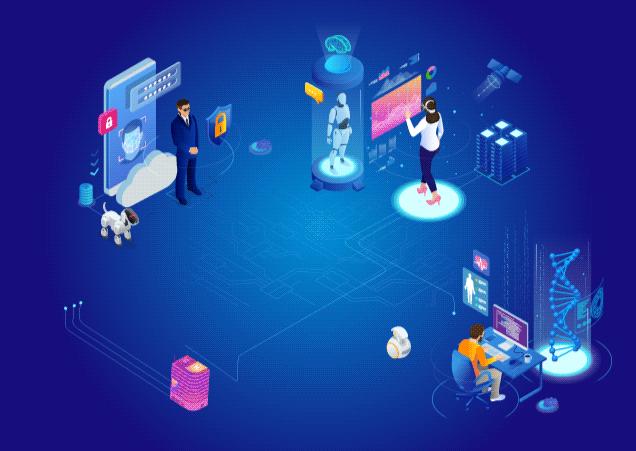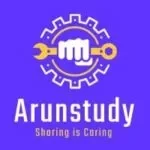Asset Management CMMS eAM ERP

Asset Management CMMS eAM ERP

We have experience in establing a Computerised Maintenace Management System. We estabilished in dBase III+ and we worked on this package for several years and inventory management was also developed in dBase III+ and the package helped us to prepare indents based on mimimum inventory level.
Later we purchased Oracle RDBMS and Developer 2000 and developed forms and reports and still it works well. In this regard we may share our experience. Now a days there are several CMMS available online and storing data remotely and what is known as cloud environment.
They charge rate per user per month basis.
No standalone system is aviable Oracle eAM, IBM Maximo and SAP to mention a few. They are very costly and involves initial investment plus usage charges and annual maintenance charges. If any body is intetested to get guidance an email can be sent to us. We will update our website with all technical details for spreading knowledge.
CMMS Needs Assessment
In determining the need for a CMMS, facility managers should assess their current mode of operation.
Key questions to ask include:
• Do you have an effective way to generate and track work orders? How do you verify the work
was done efficiently and correctly? What is the notification function upon completion?
• Are you able to access historical information on the last time a
system was serviced, by whom, and for what condition?
• How are your spare-parts inventories managed and controlled? Do you have
either excess inventories or are you consistently waiting for parts to arrive?
• Do you have an organized system to store documents (electronically) related
to O&M procedures, equipment manuals, and warranty information?
• When service staff are in the field what assurances do you have that they are compliant with
all life, health and safety issues (e.g., lock and tag) and are using the right tools/equipment for
the task?
• How are your assets, i.e., equipment and systems, tracked for reporting and planning?
If the answers to these questions are not well defined or lacking – you may consider investigating
the benefits a well implemented CMMS may offer.
CMMS Capabilities
CMMS systems automate most of the logistical functions performed by maintenance staff and
management. CMMS systems come with many options and have many advantages over manual
maintenance tracking systems. Depending on the complexity of the system chosen, typical CMMS
functions may include the following:
• Work order generation, prioritization, and tracking by equipment/component.
• Historical tracking of all work orders generated which become
sortable by equipment, date, person responding, etc.
• Tracking of scheduled and unscheduled maintenance activities.
• Storing of maintenance procedures as well as all warranty information by component.
• Storing of all technical documentation or procedures by component.
O&M Best Practices Guide, Release 3.0 4.1
Computerized Maintenance Management Systems
• Real-time reports of ongoing work activity.
• Calendar- or run-time-based preventive maintenance work order generation.
• Capital and labor cost tracking by component as well as shortest, median,
and longest times to close a work order by component.
• Complete parts and materials inventory control with automated reorder capability.
• PDA interface to streamline input and work order generation.
• Outside service call/dispatch capabilities.
Many CMMS programs can now interface with existing energy management and control system
